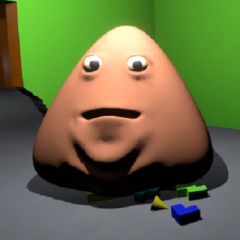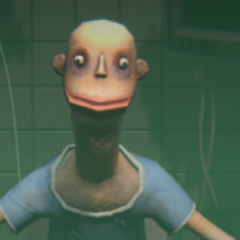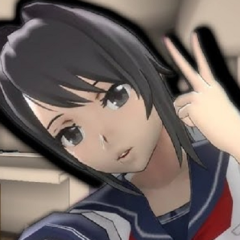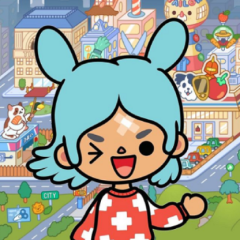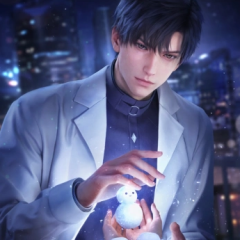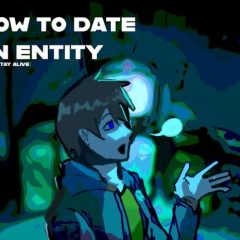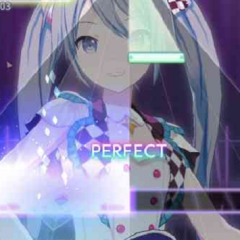Storyteller is a puzzle game that invites players to create their own narratives using a set of characters, settings, and story elements. The objective is to match given titles or prompts by arranging characters and scenes into a logical sequence. This form of gameplay encourages experimentation, as players test different outcomes and watch how even small changes in character placement can alter the result. The simple mechanics hide the depth behind the structure of storytelling itself.
Building Meaning Through Structure
Rather than guiding the player with dialogue or traditional progression, Storyteller asks the player to think like an author. Each challenge presents a theme or outcome, and it is up to the player to decide how that story could be logically told. There are often multiple ways to succeed, and the process of discovery is central to the experience. As more tools and characters are introduced, the scenarios become more complex, reflecting the intricacies of real storytelling choices.
Key Gameplay Elements
Storyteller is focused on narrative logic. Every object, character, and background serves a function in the story’s outcome. Players must learn how specific relationships or events influence others, which deepens as the game progresses. The following features define the experience:
· Frame-based storytelling system
· Characters with set behaviors and relationships
· Reversible decisions and rearrangement mechanics
· Visual cues to indicate success or failure
· Dozens of story prompts ranging from comedy to tragedy
These components work together to create a system where structure and creativity operate side by side.
A Puzzle About Emotion And Intention
Beyond its mechanics, Storyteller offers insight into how meaning is constructed. It shows how motives, misunderstandings, and settings affect interpretation. Sometimes, the intended outcome requires unexpected emotional paths, such as betrayal, regret, or sudden redemption. Players are encouraged to try again and again — to win, and to see what happens if the same story is told differently. That reflection is what makes the game unique in the way it plays with narrative form.
It speaks to anyone who has ever tried to piece together ideas and turn them into something cohesive. As a game, it invites reflection. As a tool, it teaches how fragile and flexible stories really are.





